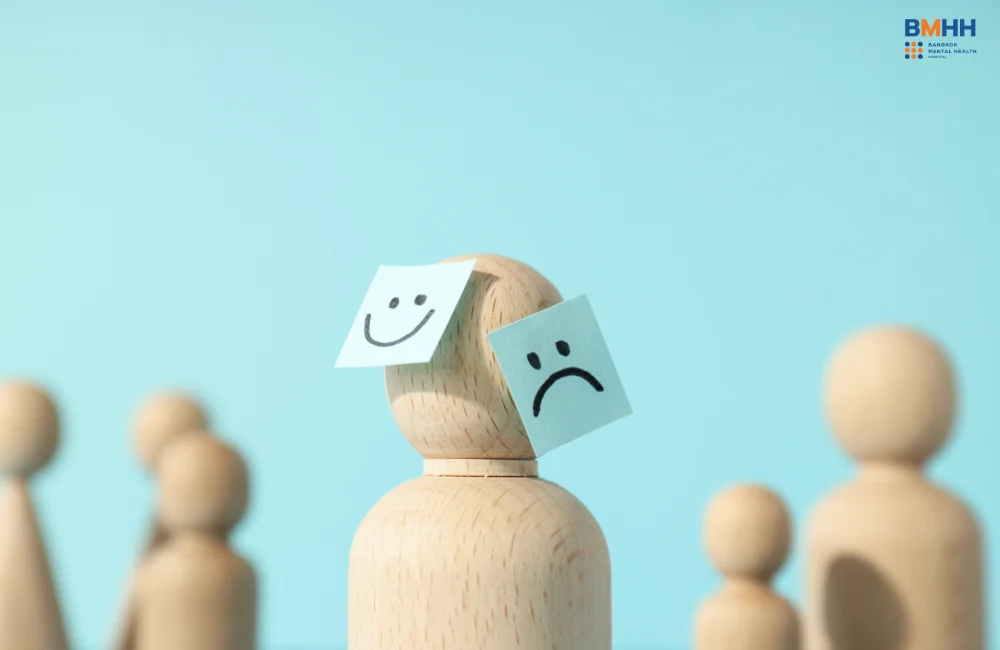
Fear, a fundamental emotion universally experienced, serves as a natural response to perceived threats to our well-being. Examples include the fear of thunder, heights, or potentially hazardous animals. These fears often prompt us to prepare for potential dangers that may arise.
On the other hand, phobias encompass intense and disproportionate fears and anxieties elated to situations that are not inherently dangerous. For example, an individual with Entomophobia (insect phobia) may experience overwhelming fear, despite rational knowledge that the insect poses no actual harm. The resulting anxiety can be uncontrollable and have a significant impact on work, relationships, and daily life.
Specific phobias can be classified into four common types:
- Fear of natural events, such as Astrophobia (fear of thunder) or Aquaphobia (fear of water).
- Fear of animals, like Cynophobia (fear of dogs), Ophidiophobia (fear of snakes), or Entomophobia (fear of insects).
- Fear of specific situations, including Claustrophobia (fear of confined spaces) or Acrophobia (fear of heights).
- Fear of blood or needles.
Causes of phobias can be traced back to traumatic experiences, witnessing severe events, experiencing panic attacks, or exposure to distressing information. Risk factors include negative emotional attitudes, environmental factors such as overprotective parenting, and genetic predispositions.
Symptoms of specific phobias include excessive fear or anxiety about particular situations or objects, avoidance of the feared stimuli, and heightened emotional distress. In children, who may not be able to articulate their emotions verbally, symptoms may manifest as crying, clinging to caregivers, or refusal to be separate from their caregivers. To meet the diagnostic criteria, these symptoms must last for more than 6 months and lead to significant impact on daily life.
Addressing phobias involves encouraging individuals to gradually confront and expose themselves to the feared stimuli through exposure therapy. Medications may be prescribed to manage associated symptoms like anxiety.
Left untreated, phobias can profoundly impact an individual’s life, resulting in heightened stress, compromised work performance, strained relationships, and, in severe cases, the development of other mental health issues. Seeking timely intervention is crucial for effective treatment and recovery
Related Articles

Histrionic Personality Disorder
Individuals with Histrionic personality disorder (HPD) often exhibit dramatic and highly emotional behaviors, as their self-worth is largely dependent on the approval and validation of others. Although the theatrical nature of HPD can sometimes appear charming, it often masks a distorted self-image and can lead to significant difficulties in personal relationships and daily life. It’s one of […]

Schizoid Personality Disorder
Schizoid personality disorder is a mental health condition characterized by a persistent pattern of detachment from social relationships and a limited range of emotional expression. Individuals with this disorder often appear distant, aloof, and may have little desire for close friendships or romantic connections. Unlike some other mental health conditions, a person with schizoid personality […]

Bulimia Nervosa
Bulimia nervosa is a serious eating disorder and it can become life-threatening if left untreated. People with bulimia often have a distorted view of their body and an intense fear of gaining weight. This can lead to a cycle of binge eating and compensatory behaviors, such as self-induced vomiting or excessive exercise, in an attempt to control […]
Talk to Doctor
Call Us
Line BMHH